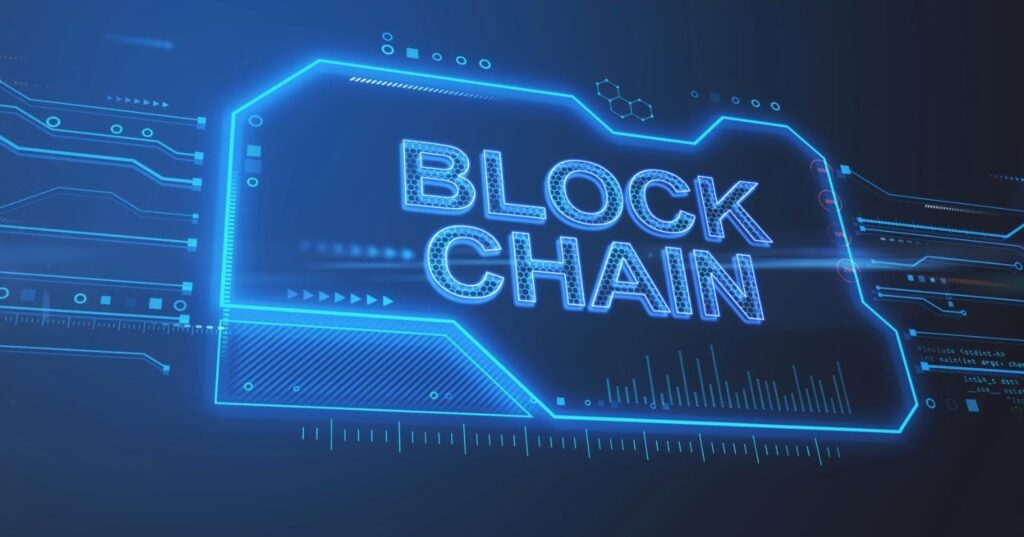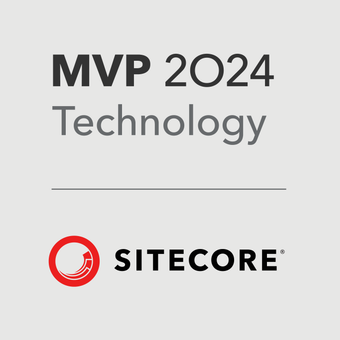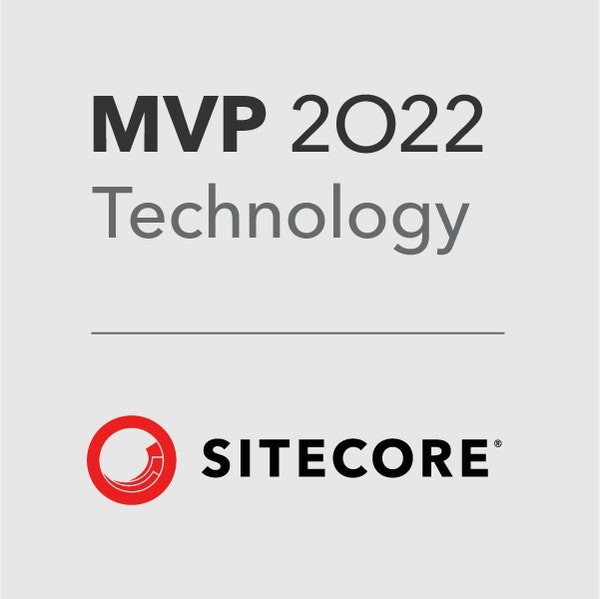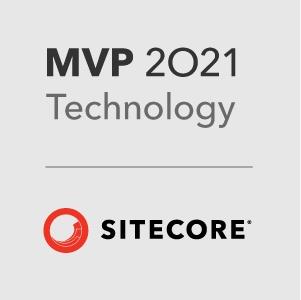Last Updated on January 21, 2025 by sandeeppote

Advantages of Blockchain-
- Decentralised – Having no single point of authority
- Transperancy and Flexibility
- Speed and Effeciency
- Security and Immutability
- Removal of counterparty risk
- Trust minimised agreements
- Hybrid smart conrtract with Chain Link (Oracle)
Terms and Abbrevations used in Blockchain-
DAO’s – Decentralised Autonomous Organization’s
Testnet – are free and for testing smart contracts
Mainnet – cost money and are considered “live”
Faucet – is and application that gives us free test token, like free test Rinkeby Ethereum
Block Explorer – an application that allows us to “view” transactions that happen on a blockchain.
Gas – is a unit of computational measure. The more computation a transaction uses the more “gas” you have to pay for.
Every transaction that happens on-chain pays a “gas fee” to node operators.
The amount of “gas” used and how much you pay depends on how “computationally expensive” your transaction is.
Sending ETH to 1 address would be “cheaper” than sending ETH to 1,000 addresses.
Gwei (giga-wei) – denomination or a small unit of Ether 1 Ether is 1 billion Gwei. It is used to measure cost of transaction i.e. used in the Ethereum network to but and sell goods and services.
Gas – Measure of computation use
Gas Price – How much it costs per unit of gas.
Gas Limit – Max amount of gas in a transaction
Transaction Fee – Gas used X Gas Price i.e. 21,000 gas @ 1GWEI per gas =21,000 GWEI
Gas Price of Ehtereum fluctuates based on the demand of the blockchain. More perople using or want to make transactions, the higher the gas price and therefore the higher the transaction fees.
Gnesis Block – First block in a blockchain
Hash – Unique fixed length string to identify a piece of data
Hash Algorithm – A function or algorithm that computes data into a unique hash.
Mining – The precess of finding the “solution” to the blockchain “problem”. Node get paid for mining blocks.
Block – A list of transactions mined together
Nonce – A “number used once” to find the “solution” to the blockchain problem. It’s also used to define the transaction number for an account/address.
Public Key – Is derived from your private key. Anyone can “see” it, and user it, and user it to verify that a transaction came from you.
Private key – Only know to the keyholder, its used to “sign” transactions.
Elliptic Curve Digital Signature Algorithm (ECDSA) – generates public key using private key.
Signing Transactions – A “one way” process. Someone with a private key signs a transaction by their private key being hashed with their transaction data. Anyone can then verify this new transaction hash with your public key.
Node: Single instance in a decentralized network. Anyone can join the network. Blockchains are resilient. Blockchain nodes keep lists of the transactions that occur. They are immutable- nothing can corrupt them.
—Consensus – is the mechanism used to agree on the state of a blockchain.
Broken into 2 :-
— Chain Selection –
— Sybil Resistance – Proof of work. Block Author, defends on fake blockchains
— — PoW – Minners. Uses lot of electricity and is hence costly.
-Transaction Fees and Block Reward.- compete each other to find the answer to the problems. Whoever finds first get the transaction fees.
Sybil Attack – creates fake accounts to influence the network
51% attack –
Longest Chain Rule
– — PoS — Validators – nodes put up collateral as a sybil resistance mechanism. Uses less energy. Slightly less decentralised.
ABI– ApplicationBinary Interface- tells Solidity how it can interact with another contract. What functions can be called from the contract. Interfaces compile down to ABI.




